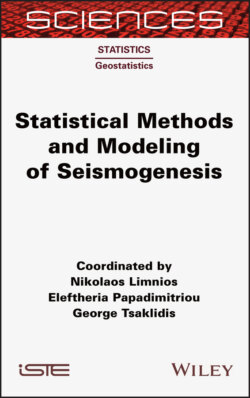Читать книгу Statistical Methods and Modeling of Seismogenesis - Eleftheria Papadimitriou - Страница 25
2.2.3. RSQSim
ОглавлениеThe rate-and-state-dependent fault constitutive properties for the sliding strength of faults (Dieterich 1994) are the principal ingredients of the RSQSim simulator algorithm (Dieterich and Richards-Dinger 2010; Colella et al. 2011; Richards–Dinger and Dieterich 2012). From the view point of the interevent time distribution, RSQSim is generally seen as the only simulator that shows the occurrence of time-dependent increases in conditional probability of nearby earthquakes following a significant earthquake as well as aftershocks (Tullis et al. 2012a,b; Field 2015). Moreover, Dieterich and Richards-Dinger (2010) explicitly mention occasional presence of multiple events occurring as pairs, and more rarely as triplets in their simulated catalogs. More recently, RSQSim has been applied for aftershock sequences simulations (Xu et al. 2014), for modeling injection-induced seismicity (Dieterich et al. 2015), to the Wellington, New Zealand, fault network (Christophersen et al. 2017), as well as for replicating seismic hazard statistics (Shaw et al. 2018).
